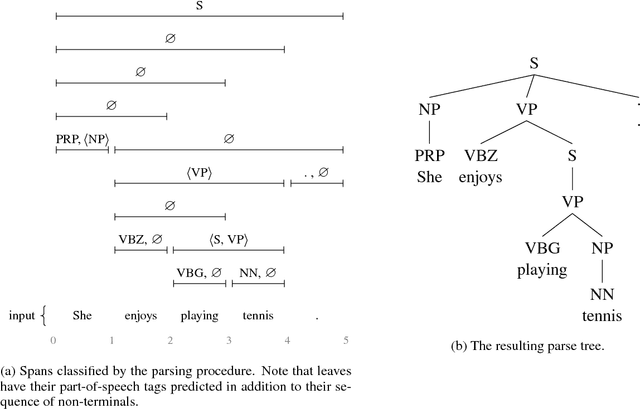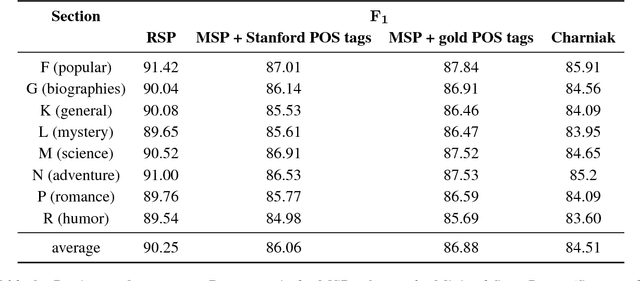Vidur Joshi
Knowledge Enhanced Contextual Word Representations
Sep 09, 2019



Abstract:Contextual word representations, typically trained on unstructured, unlabeled text, do not contain any explicit grounding to real world entities and are often unable to remember facts about those entities. We propose a general method to embed multiple knowledge bases (KBs) into large scale models, and thereby enhance their representations with structured, human-curated knowledge. For each KB, we first use an integrated entity linker to retrieve relevant entity embeddings, then update contextual word representations via a form of word-to-entity attention. In contrast to previous approaches, the entity linkers and self-supervised language modeling objective are jointly trained end-to-end in a multitask setting that combines a small amount of entity linking supervision with a large amount of raw text. After integrating WordNet and a subset of Wikipedia into BERT, the knowledge enhanced BERT (KnowBert) demonstrates improved perplexity, ability to recall facts as measured in a probing task and downstream performance on relationship extraction, entity typing, and word sense disambiguation. KnowBert's runtime is comparable to BERT's and it scales to large KBs.
Extending a Parser to Distant Domains Using a Few Dozen Partially Annotated Examples
May 16, 2018



Abstract:We revisit domain adaptation for parsers in the neural era. First we show that recent advances in word representations greatly diminish the need for domain adaptation when the target domain is syntactically similar to the source domain. As evidence, we train a parser on the Wall Street Jour- nal alone that achieves over 90% F1 on the Brown corpus. For more syntactically dis- tant domains, we provide a simple way to adapt a parser using only dozens of partial annotations. For instance, we increase the percentage of error-free geometry-domain parses in a held-out set from 45% to 73% using approximately five dozen training examples. In the process, we demon- strate a new state-of-the-art single model result on the Wall Street Journal test set of 94.3%. This is an absolute increase of 1.7% over the previous state-of-the-art of 92.6%.
 Add to Chrome
Add to Chrome Add to Firefox
Add to Firefox Add to Edge
Add to Edge